After 80 Years Away, the Bronx Grape is Back in New York
New York City's native (grape) son has finally returned! A Bronx-born fruit that moved permanently to California is finally back on the East Coast: For the first time in almost 80 years, the Bronx Seedless grape—a cross between the Thompson Seedless and the Concord—will be available for sale in New York City.
This particular grape dates back to a 1925 cross between Thompson Seedless grapes—a leading table grape praised for its sweet mildness—and Concords, with their "'Egads!' grapiness" that was developed by Dr. A. B. Stout of the New York Botanical Garden in conjunction with the New York State Agricultural Experiment Station of Cornell University. Of the 68 seedlings raised, the Bronx Seedless was selected in 1931 and officially named in 1937.
Of course, those lucky enough to have tasted the Bronx Seedless in Northern California, where they're sold by John Lagier of Lagier Ranches from his vineyard and at the San Francisco Ferry Plaza farmers market, already know that they are, as Alice Waters writes in The Art of Simple Food, "mindblowingly delicious: sweet, tender, and juicy, with a touch of the unique flavor of Concord grapes." And they're muskier and more complex than Thomcords, a Thompson-Concord meld we've seen on this coast.
So who's been holding back? Why is this grape—nicknamed “the Rolls Royce of table grapes,"for its "honeylike taste that melts on the tongue" and lovely pale color straight out of a Renaissance painting—relatively unknown in its native land?
The vine doesn't grow well in the East, where it's susceptible to "fungal diseases, fruit cracking, and cold damage" and though it can thrive California, "it's not widely available commercially because it's a terrible shipper," said Cecilia Estreich of Baldor Foods, the sole distributor bringing Lagier Ranches' grapes to New York.
Bronx Seedless grapes are fragile and thin-skinned, which makes them highly vulnerable to splitting and unable to survive a cross-country truck ride. Instead, Baldor Foods sends them by air: They're shipped in freight containers from LAX, reaching New York in the same time it would take you or me (but legroom is limited).
Is it silly to shepherd a fruit with such practical shortcomings cross-country? It's certainly not as environmentally-friendly as buying local grapes at the market. In fact, it's kind of the opposite.
Still, the very existence of the Bronx grape—and the excitement it's generating—is a testament to prioritizing flavor over commercial viability. Buying grapes from California must be different than buying an air-shipped apple from Chile. And as the New York Journal of Folklore put it, the Bronx Seedless is an example
of the kind of slow, not-for-profit plant breeding that developed many of the finest fruits and vegetables that once stocked our farmers’ markets and corner grocery stores. Bred for taste and texture more than for high production, uniformity, and the ability to withstand long-distance shipping, the Bronx Seedless is what some might call a twentieth-century anachronism.
In that the grape is grown primarily for its flavor and that its harvest and transport harken back, at least in the level of care given, to earlier times, it's truly an "artisan" grape—a "small batch."
As Lagier, who transplanted the grape from East to West Coast in 1979 and is the only producer in California to be growing from cuttings of the original Bronx grapevines, told Folklore, "If I followed what the industry was doing, I’d select only the thickest-skinned grapes that hold a shape and a profit but no aroma, no flavor, no juice. But that’s not why I grow food. It’s got to taste good. Otherwise, what’s the point?
The Folklore article also provides a recipe for Bronx Panzanella—grapes, walnuts, walnut oil, sherry vinegar, and sourdough bread—adapted from chef Laurent Manrique of the now-closed Aqua Restaurant in San Francisco.
And what will the restaurants who've already ordered Bronx grapes—Upland, Craft, andColicchio & Sons, among others—do with the fruit once they've got them?
It's a "double-edged sword of all of this stuff," said Estreich of Baldor. "It's super delicious and very exciting, but hard to work with as a chef—limited and inconsistent. You run it for one or two nights and then it’s gone."
Bronx Seedless grapes won't be here past mid-September, so either find them now, hold out forConcord season, or explore a variety closer to home.
















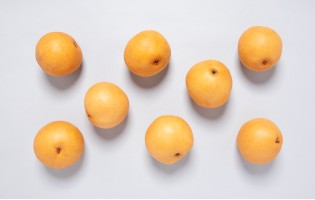

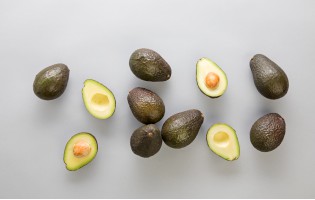
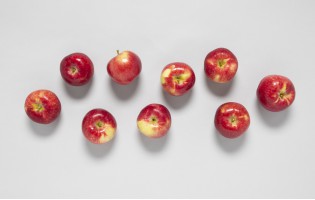







































































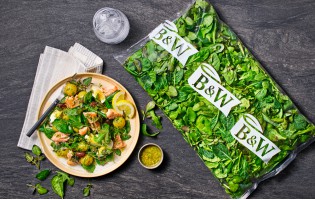




























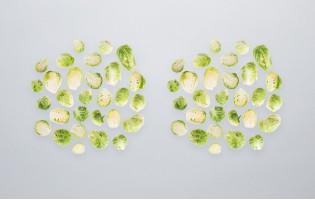












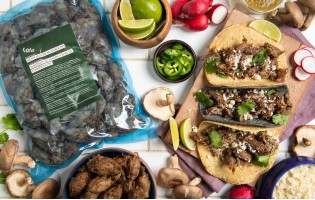


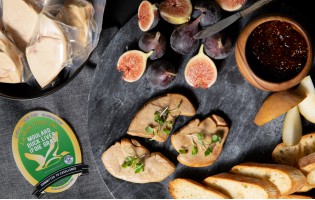


















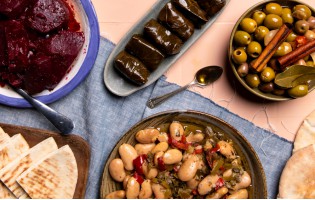





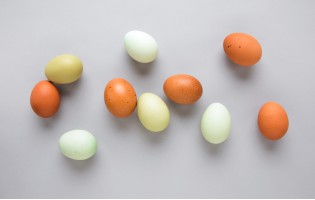
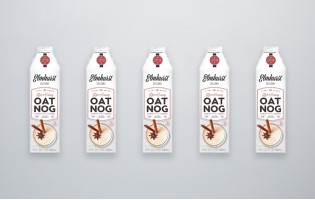
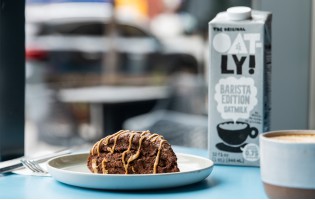


















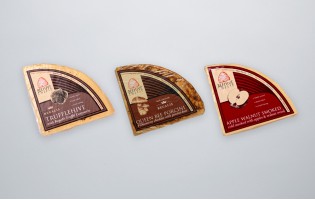
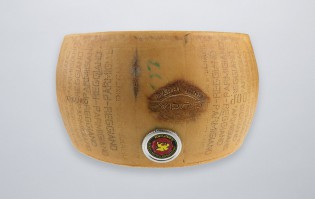
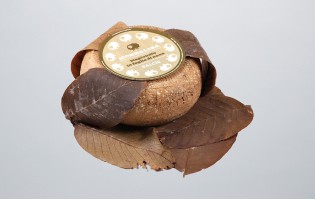









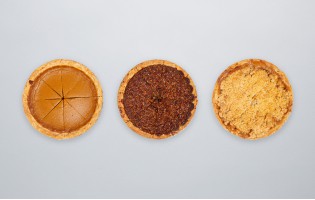


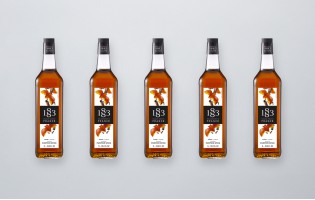


















 Fruits
Fruits  Organics
Organics  Vegetables
Vegetables  Fresh Cuts
Fresh Cuts  Meat & Poultry
Meat & Poultry  Grocery
Grocery  Dairy
Dairy  Cheese
Cheese  Bakery
Bakery  Seafood
Seafood 